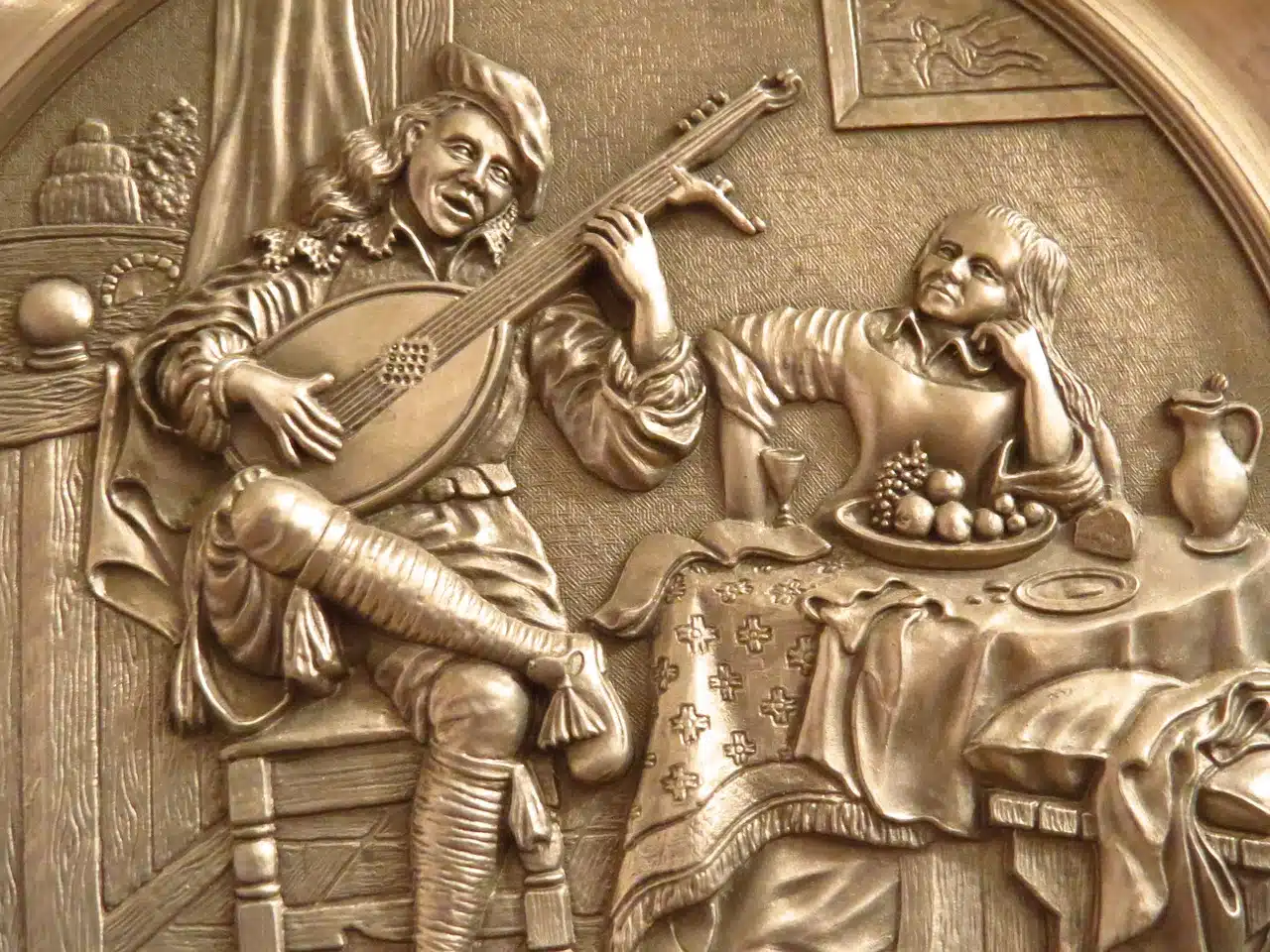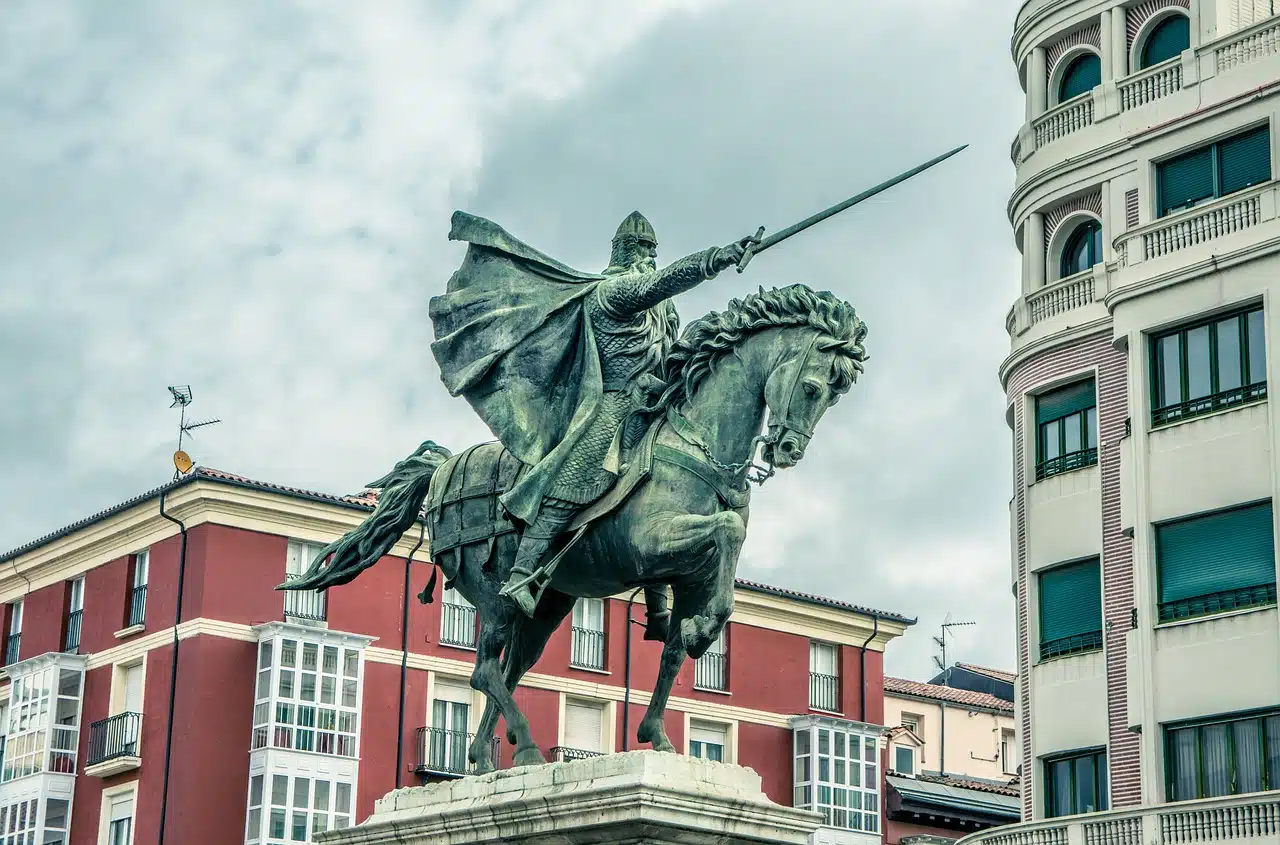
The mester de minstrelsy is the poetry that the singers and minstrels performed.
Mester is a synonym for need that is used in rural areas. This is the first meaning that the Royal Spanish Academy (RAE) mentions in its dictionary. The idea of need, meanwhile, can refer to a need, the lack of something, a job or what is required for the development of an activity.
Another meaning of mester, although in disuse, refers to an occupation or an art . The term, in this framework, allows the development of several expressions.
Master of minstrelsy
Popular poetry performed by singers and minstrels in the Middle Ages is known as mester de minstrelsy . The set includes all the lyrical and epic works that used to be recited or sung to entertain the population, especially members of the nobility and monarchs.
The main characteristics of the minstrelsy mester are the following:
- Orality and transmission : His works were transmitted orally from generation to generation, which implies that there are no original manuscripts. These compositions were learned by heart;
- Versification : His poetry is characterized by its irregular versification. The Alexandrian verse , with fourteen syllables, is mainly used, although other meters and simpler metric forms are also used;
- Theme : His compositions address epic and popular themes. Heroic feats, battles, impossible loves, legends and historical deeds are narrated. Minstrels often adapted and recreated well-known stories to appeal to their audiences.
Sing of mine Cid
The master of minstrelsy finds one of his most representative works in the Cantar del mio Cid . This anonymous epic is inspired by the final stretch of the life of Rodrigo Díaz de Vivar , a Castilian knight. It is estimated that the Cantar del mio Cid was written around the year 1200 .
El Cid Campeador is portrayed as a noble, brave and loyal hero, who defends his ideals and seeks revenge for the affronts suffered. Other important characters include his wife Jimena, his daughters Elvira and Sol, and the Cid's enemies and allies. El Cantar del mio Cid is one of the first literary manifestations in the Spanish language and constitutes an important testimony of Spanish medieval history and culture. The poem reflects aspects of feudal society, the political and military struggles of the time, and the code of conduct of knights.
Master of clergy
The mester de clerecía is the literary genre developed by clerics , and not by minstrels. This concept is used in contrast to the minstrelsy mester.
The creators of the mester de clerecía were not always priests. The notion is associated with educated people in the Middle Ages who had more knowledge than the average person. The Book of Misery of Omne and the Book of Apollonius are part of the mester de clerecía.

El Cantar del mio Cid is one of the most representative works of the master of minstrelsy.
Let's look at some characteristics of the mester of clergy:
- writing and dissemination : unlike the mester de minstrelsy, the mester de clerecía was written and disseminated in the form of manuscripts. These works were produced by clerics and educated people, mostly within the ecclesiastical sphere;
- religious and moralizing themes : issues related to faith, morality, the lives of saints and Christian doctrine are addressed. Many of the works of the mester de clerecía have a didactic purpose, seeking to instruct and guide the reader towards a virtuous and pious life;
- regular and metrical versification : verses of high art are mainly used, such as the hendecasyllable (verse of eleven syllables) and the alexandrine (verse of fourteen syllables). In addition, poetic structures such as stanzas, frames, and lyrics are used.
